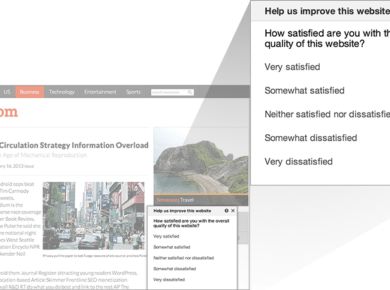All websites must ‘do something.’ The something could be anything from providing information, driving online sales, lead generation, or bringing customers into a brick and mortar location. The great thing about online marketing is the ability to gauge performance without the extensive development of a response model (as done with traditional marketing programs).
If done correctly, online marketers have a large amount of data and metrics at their disposal to track a campaign and develop a response model effortlessly. One of the most important portions of developing their response model is the conversion rate.
A conversion occurs when a user completes the marketer’s desired action. Actions can include online purchase, lead generation, product / information download, and much more. Marketers measure conversion using conversion rate – the percentage of users to a website that completed the desired action.
Conversion rate can measure specific actions on a single page or can be used more broadly to represent an action relative to the site. It could be assumed that the easier the desired action is to complete, the higher the conversion rate will be. For example, lead generation may have a higher conversion rate (depending on several variables – data collected, length of form, incentives, etc) than an online purchase (level of personal information captured – in addition to actual purchase – is much higher).
There are several tools available to marketers to track the conversions online and offline. Omniture is considered a best of breed application for analytics, but easily incorporates online and offline conversion tracking, implements easily with merchandising, multivariate testing, paid search, and much more. Most SMB’s utilize free applications, such as Google Analytics. Although it is free, Google Analytics also offers a wide variety of comparable features to the paid applications. The application allows for custom calculated metrics, filtering data, wrapping links, and implementation with paid search.
